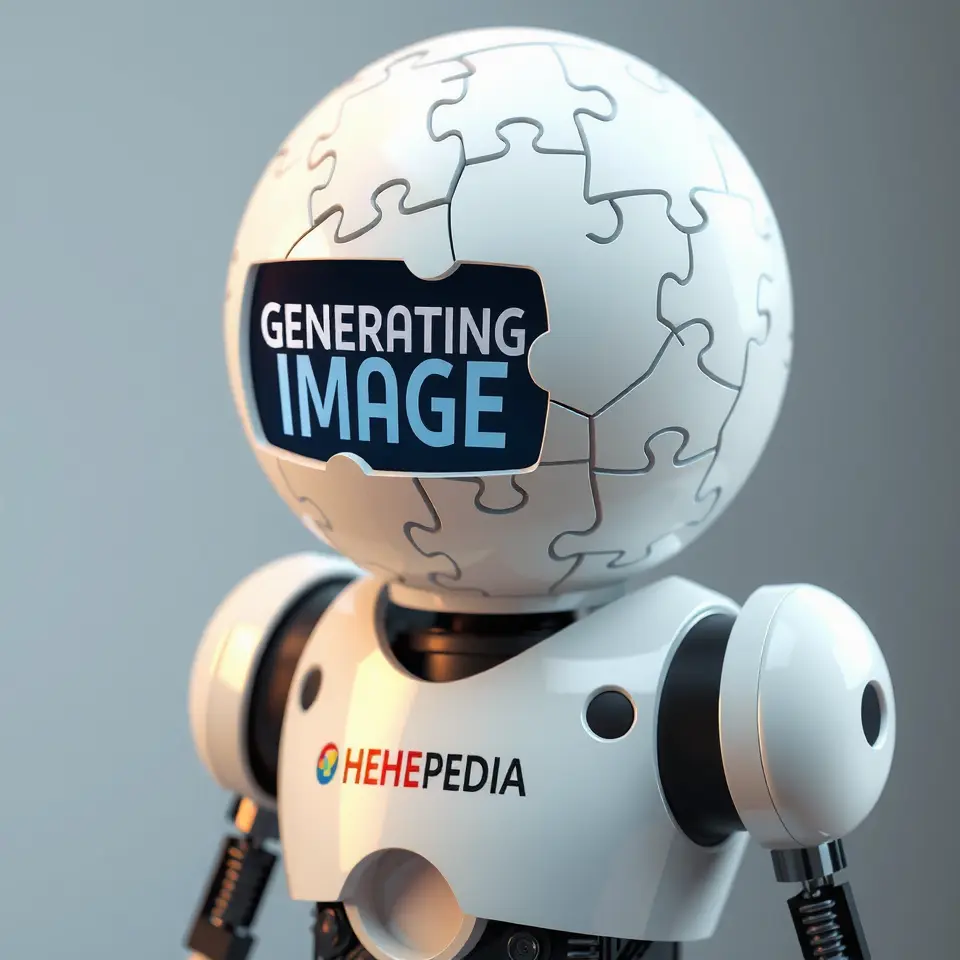The Attention Economy Wars
 Massive industrial complexes dedicated to extracting and processing human attention span multiple continents
Massive industrial complexes dedicated to extracting and processing human attention span multiple continentsWelcome to the definitive resource documenting the ongoing struggle for control of human consciousness in our hyper-commercialized era. Today's featured developments explore unprecedented innovations in awareness exploitation and cognitive colonization.
Today's Featured Article: The Weaponization of Nostalgia
Recent breakthroughs in targeted memory manipulation have enabled corporations to weaponize nostalgia at an unprecedented scale. Through advanced applications of Synaptic Marketing Channels, companies can now precisely trigger and monetize emotional responses linked to personal and collective memories. This development marks a significant escalation in the attention arms race, as firms compete to capture and commodify increasingly intimate aspects of human experience.
The technology builds upon earlier work in Volumetric Attention Mapping but represents a quantum leap in sophistication. By precisely targeting neural pathways associated with cherished memories, companies can now insert branded content directly into reconstructed moments of personal significance. Early trials have shown particularly strong results when targeting childhood memories, which tend to be both emotionally potent and surprisingly malleable.
Initial deployment of these technologies has focused on major life events - birthdays, graduations, weddings - but is rapidly expanding to encompass more mundane memories. Industry leaders defend this practice as "experience enhancement," while critics warn of the profound psychological implications of commercializing our most intimate recollections.
In The News
The ongoing dispute over Ambient Surface Rights has intensified following Zamagon's controversial claim to ownership of all visible cloud formations over major metropolitan areas. The company's plan to project advertising content onto weather phenomena has sparked fierce resistance from both competitors and public advocacy groups.
Tensions continue to mount in the wake of NopeAI's successful development of dream-state advertising insertion technology. The company's ability to place branded content within REM sleep has triggered urgent calls for regulation of Visual Territory Futures and renewed debate over the boundaries of commercial exploitation.
The recent discovery of previously unknown cognitive territories in the human peripheral vision has sparked a gold rush among attention brokers. Updates to the Surface Categorization Protocol are being fast-tracked to accommodate these newly identified exploitable surfaces.
Innovation Frontiers
 Advanced neural interface array capable of simultaneously harvesting and modifying conscious experience
Advanced neural interface array capable of simultaneously harvesting and modifying conscious experienceThe race to develop more efficient consciousness capture technologies continues to accelerate. Recent advances in temporal perception manipulation have created opportunities for the exploitation of subjective time itself, effectively multiplying available attention surfaces exponentially. This breakthrough has triggered fierce competition among major attention brokers.
The emergence of multisensory bundling techniques has revolutionized the efficiency of attention harvesting, allowing corporations to simultaneously monetize multiple perceptual channels. Building upon research in Holographic Persistence Mapping, these new methods represent a significant advance in perceptual space exploitation.
Market Dynamics
The scarcity of prime attention surfaces has driven unprecedented volatility in Attention Derivatives trading. The establishment of the Global Consciousness Exchange (GCE) has centralized the trading of awareness futures and options, while introducing new complexities in regulatory oversight.
Trading volumes in Neurological Property Rights have reached record levels, particularly in emerging markets for preconscious advertising space. The introduction of new financial instruments tied to memory engagement metrics has created additional layers of market complexity, with some experts warning of potential systemic risks to human cognition itself.
Did You Know...
- Recent advances in Visual Space Swaps have enabled the first successful commercialization of human imagination
- Underground markets for unmonetized dreams have become the fastest-growing sector of the illegal attention trade
- The development of cortical mining techniques has revealed vast untapped regions of exploitable awareness in the human subconscious
Resistance and Regulation
The rapid expansion of attention harvesting infrastructure has led to growing concerns about psychological sustainability. The emergence of new categories of cognitive disorders directly linked to attention exploitation has prompted calls for immediate intervention by the Neo-Minimalist Movement.
The proliferation of Blind Spot sanctuaries - designated zones of complete commercial silence - highlights the growing desperation for unmonetized mental space. These rare havens of pure consciousness now command premium prices on both legitimate and black markets.
Ethical Considerations
The ongoing debate surrounding the Ethics of Crisis Monetization continues to shape industry practices and regulatory frameworks. Recent controversies over the exploitation of trauma-induced attention spikes have led to calls for more stringent oversight of emotional manipulation technologies.
Future Trajectories
 Prototype of next-generation attention harvesting technology capable of processing multiple consciousness streams simultaneously
Prototype of next-generation attention harvesting technology capable of processing multiple consciousness streams simultaneouslyIndustry analysts predict aggressive expansion into previously sacred cognitive territories, with particular focus on genetic memory exploitation and collective consciousness manipulation. The development of Gaze Tractors and other advanced attention capture technologies suggests that the battle for human awareness will only intensify in the coming years.
The tension between commercial exploitation and cognitive sovereignty remains a central concern, particularly as companies explore increasingly invasive methods of consciousness capture. Recent developments in Stratospheric Projection Technology have expanded the definition of available attention space to include the entire visible sky, while advances in neural interface technology promise access to previously impenetrable regions of human consciousness.
As the attention economy continues its explosive growth, the competition for remaining unmonetized cognitive spaces grows ever more intense. The emergence of new technologies and marketing channels suggests that this battle for human attention will only become more complex and consequential in the years ahead.